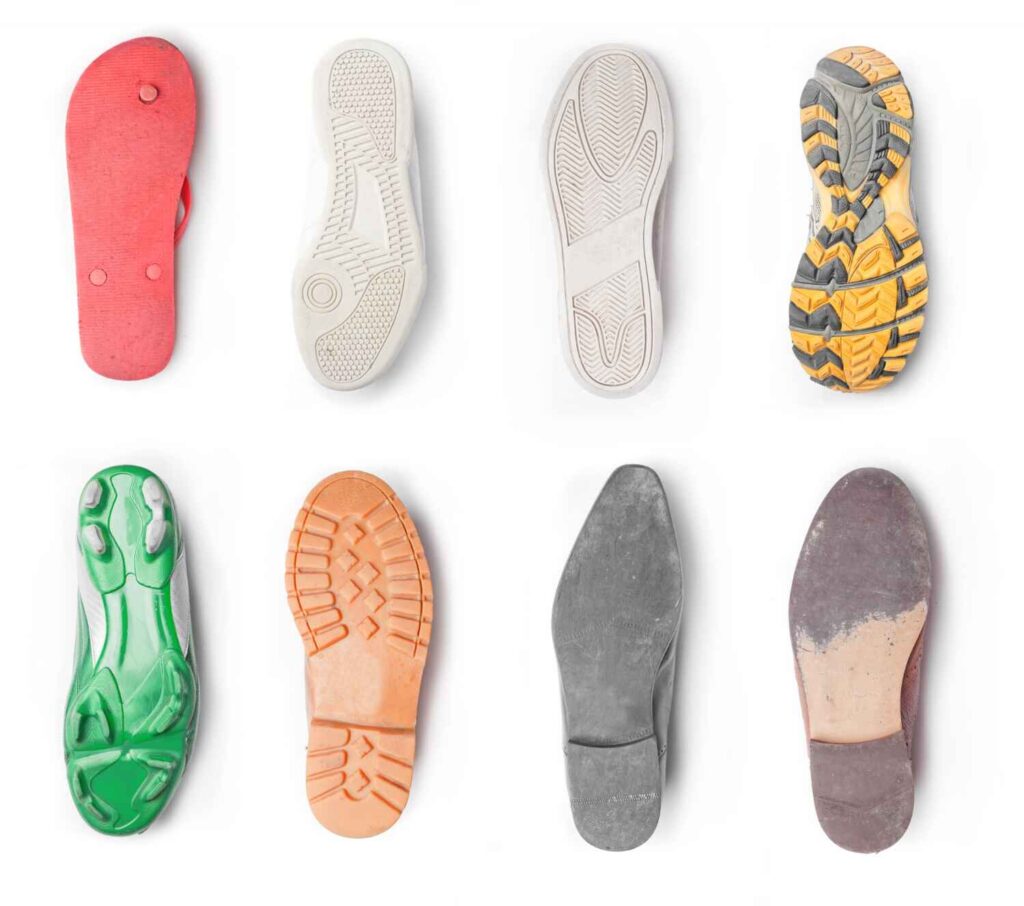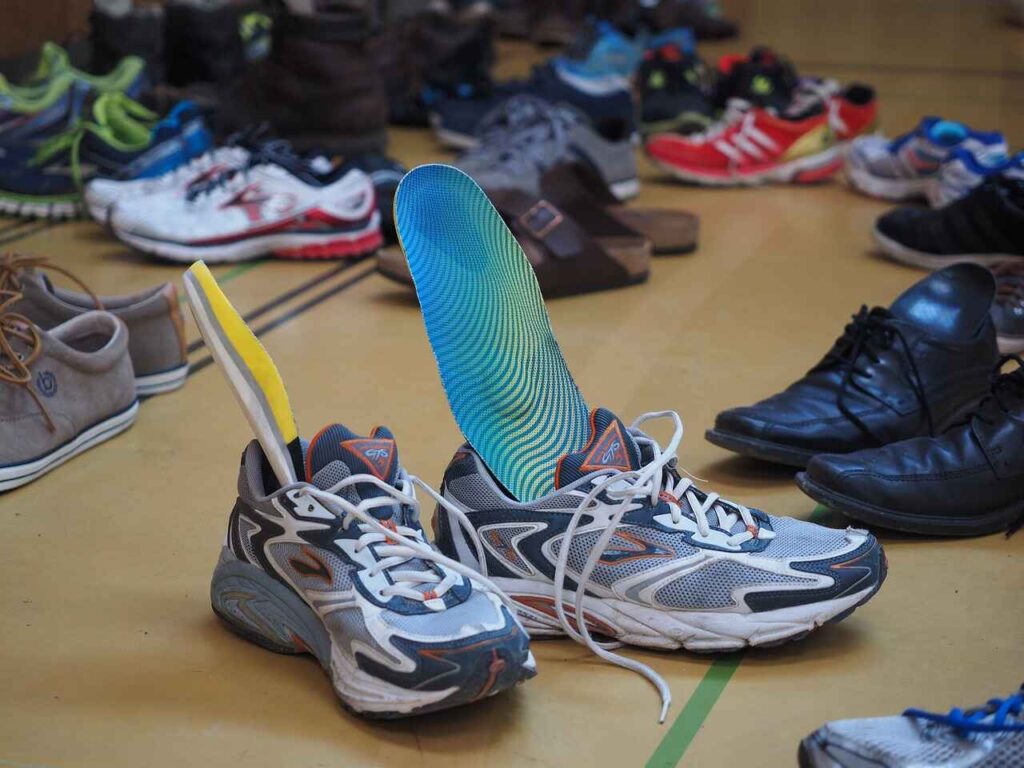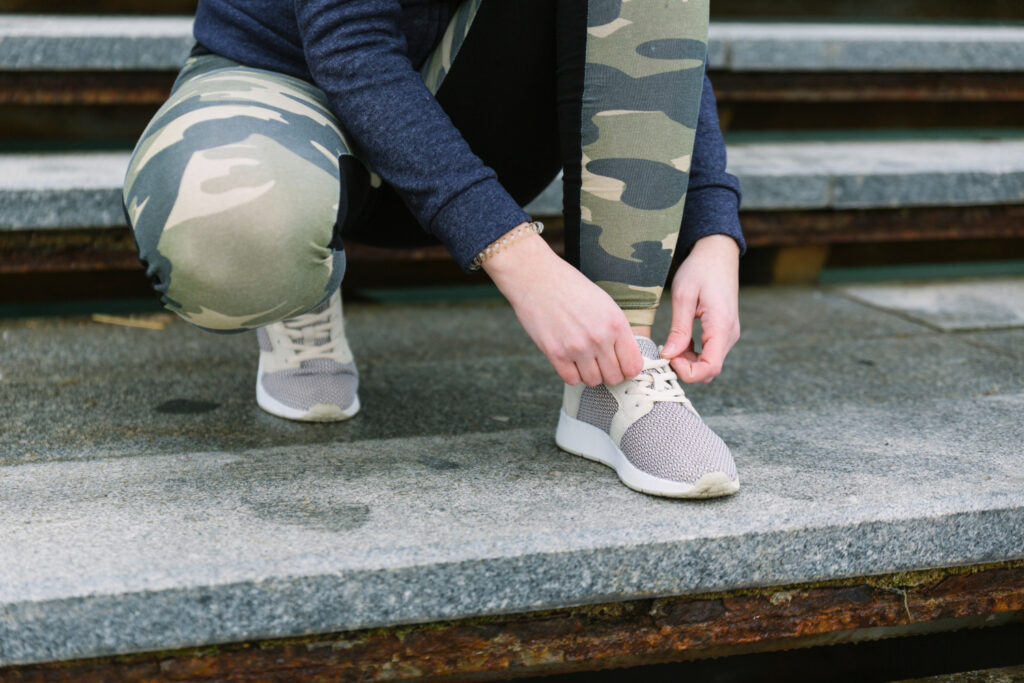Boost Your Run Do You Need Insoles in Your Shoes?
Hey there! If you love running, you know how important comfort is when you’re out pounding the pavement. Nothing can ruin a good run like sore feet. That’s where running insoles come in. They’re like little pillows for your feet, helping you feel more comfortable and supported. But do you really need them? Let’s dive into this and see if adding insoles to your running shoes could be a game changer for you.

Understanding Running Insoles
What Are Running Insoles?
So, what exactly are running insoles? Think of them as the upgrade your shoes didn’t know they needed. They’re special inserts that fit inside your running shoes to give you that extra bit of cushioning and support. Most shoes come with basic insoles that can wear out quickly. But with the right insoles, you could find a whole new level of comfort!

Types of Insoles Available
You’ll find all sorts of insoles out there, each designed with specific runners in mind. Some focus on cushioning, perfect for those long runs. Others provide arch support, which can be a lifesaver if you have flat feet or high arches. And let’s not forget about custom orthotics, which are tailored specifically for your feet. It can feel a bit overwhelming, but don’t worry—we’ll help you navigate through it.

Benefits of Using Insoles
Improved Comfort
One of the biggest perks of using running insoles is the comfort boost. Imagine gliding through your run without those nagging aches. Insoles help soften the impact on your feet, making every step feel a bit lighter. You might even find yourself wanting to run longer just because your feet are happy!
Enhanced Support and Stability
Support is another game changer. If you’ve ever felt your foot wobble or ache mid-run, you know what I mean. Insoles can provide that much-needed stability, helping to keep your foot in a proper position. This can really help if you’ve had previous injuries or if you just want to run with more confidence.
Injury Prevention
Let’s talk injuries for a sec. We’ve all been there—pushing through pain only to end up sidelined. The right insoles can help prevent common issues like plantar fasciitis and shin splints. They promote proper foot alignment and absorb shock, which means less wear and tear on your body. So, investing in good insoles might save you a trip to the physio!

When to Consider Insoles
Signs You Might Need Insoles
Now, you might be wondering if you really need insoles. If you often feel sore after runs or if you’re noticing unusual fatigue in your feet, that’s a good sign to explore insoles. Also, if you find yourself frequently adjusting your shoes during a run, it could be time for an upgrade.
Specific Foot Conditions
If you have flat feet, high arches, or even conditions like overpronation, insoles could be a great addition to your running gear. They’re designed to address specific foot issues, giving you tailored support where you need it most. Don’t hesitate to seek advice from a specialist if you’re unsure!
Choosing the Right Insoles
Factors to Consider
When it comes to picking insoles, there are a few things to keep in mind. Your foot type, running style, and any existing issues should guide your choice. Look for insoles that offer a balance of cushioning and support. And don’t forget about breathability—your feet will thank you on those hot days!
Recommendations for Different Needs
For a lot of runners, gel insoles provide the perfect amount of cushioning. If you’re dealing with specific foot issues, orthotic insoles designed for overpronation might be just what you need. It might take a little trial and error, but finding the right fit is worth it.

How to Use Insoles Effectively
Proper Installation
Okay, so you’ve got your insoles—now what? It’s essential to install them correctly. Start by removing the existing insoles from your shoes, then slide in the new ones, making sure they fit snugly. It’s a small step, but it makes a big difference!
When to Replace Insoles
Keep an eye on your insoles. They don’t last forever, and you’ll want to replace them every 300-500 miles or if they start showing signs of wear. It’s just like your shoes—keeping them in good shape is vital for your comfort and performance.

Conclusion
So, should you add insoles to your running shoes? If you’re looking for more comfort, support, and a way to prevent injuries, the answer is likely yes! It’s all about finding what works best for you and your feet. Your running journey deserves to be as enjoyable as possible, and the right insoles could be just the upgrade you need. Happy running!

